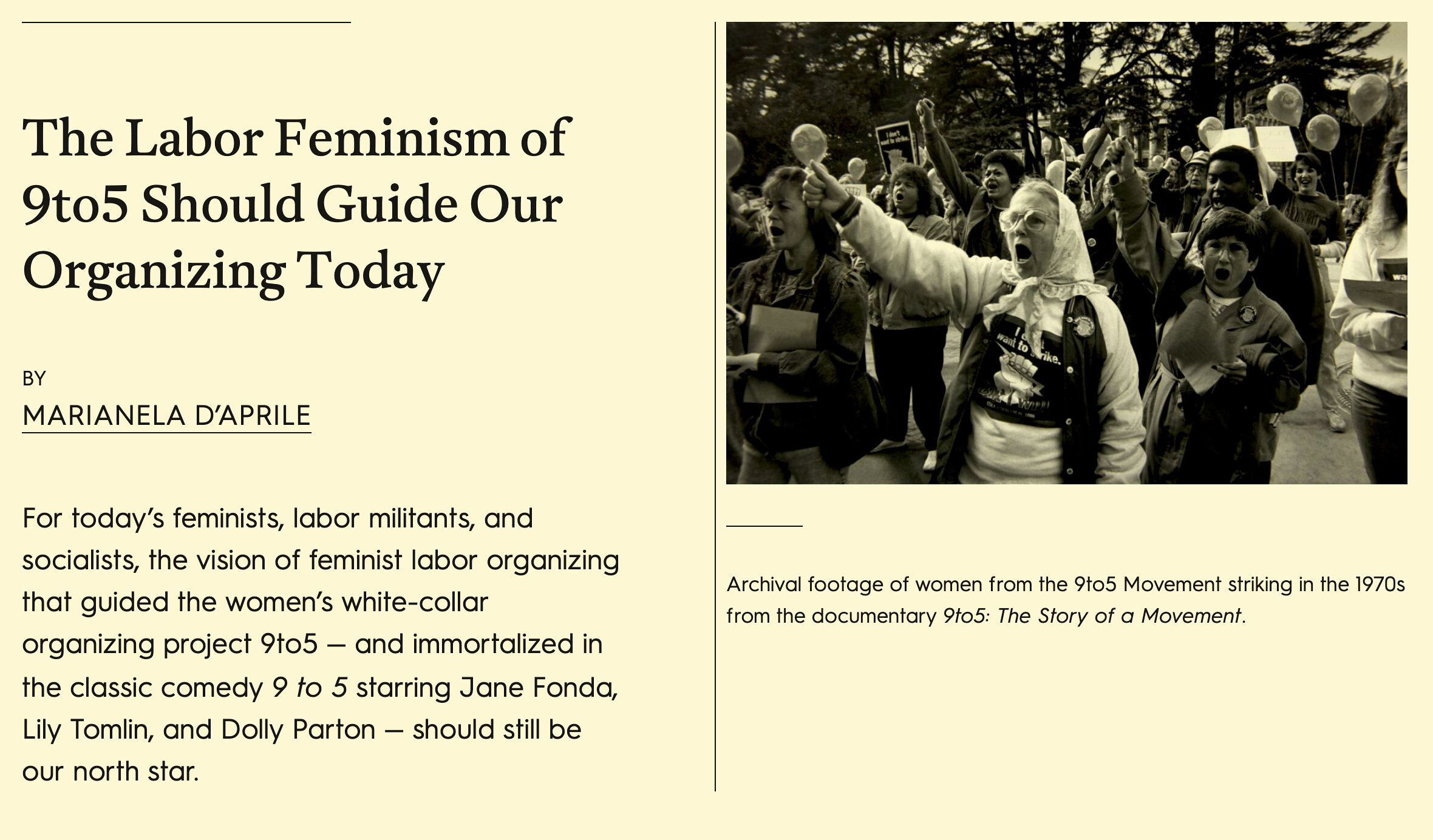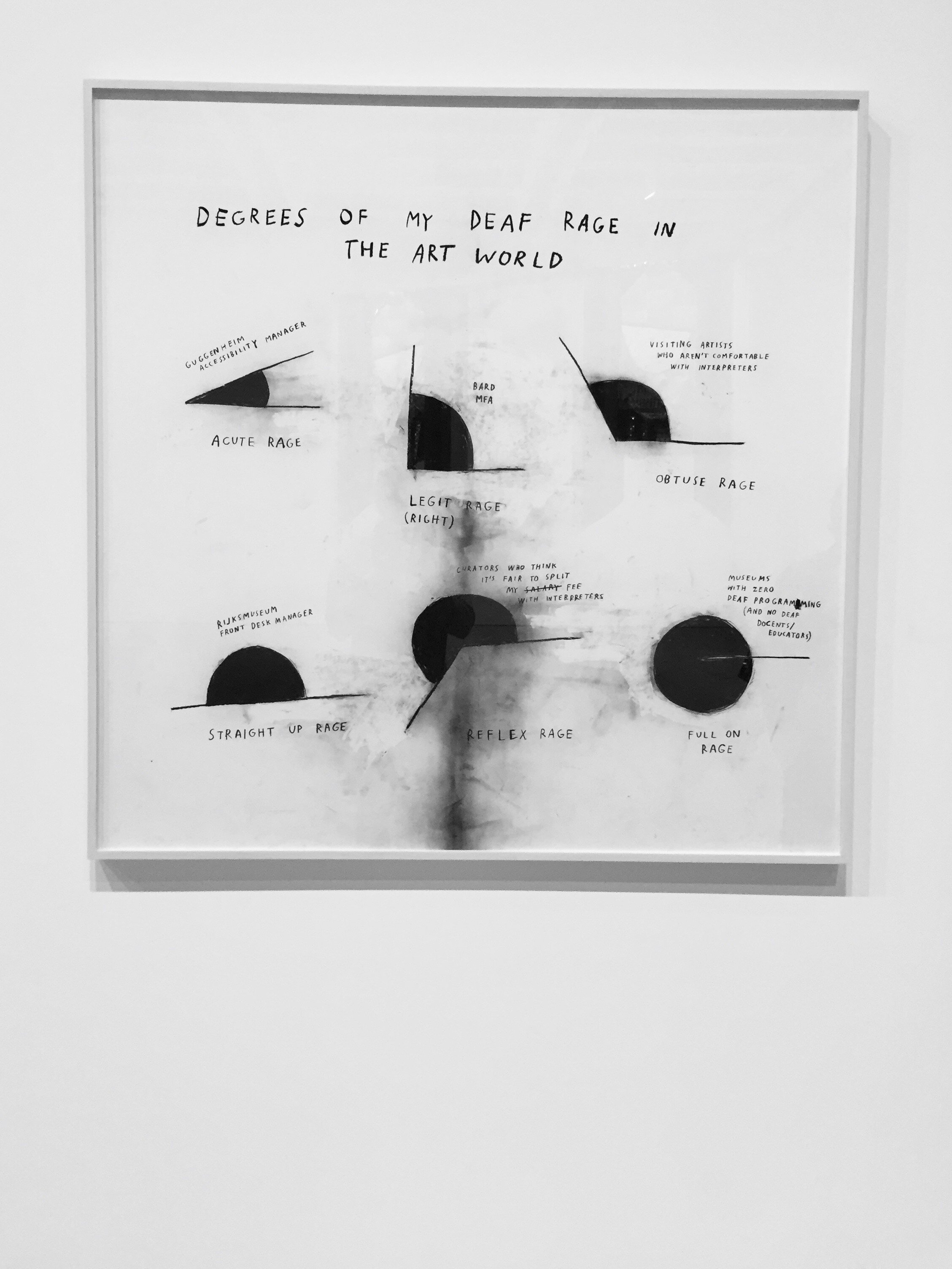“Being Asian American has always been a bewildering and complicated experience. You move to a new country and think you’ll be treated like an American, but what you really want is to be treated like you’re white, which isn’t possible.
There is a common Chinese saying of 吃苦 (chīkǔ). It translates literally to “eat bitterness,” to swallow our pain and suffering and endure it. We persevere and we don’t complain, and it is seen as a virtue: Work hard for things that people can’t take away from you. In a study of ethnically diverse cancer patients, they found that Asian Americans reported the lowest pain scores. My mom would not have seen the terrifying incident with our old neighbor as something to tell us about. Sharing it would have meant she was complaining. He used words. He didn’t cause her physical harm. He didn’t even use a racial slur. So, maybe it really wasn’t that bad.
...
The damaging model-minority myth suggests that Asians actually have it pretty good in this country, especially compared to everyone else, and propels a perception of universal success (in reality, Asians have the largest income gap with one of the highest poverty rates). It also implies that with higher education and hard work, you can chīkǔ racism. I’ve been shamefully ambiguous as to how prejudiced white America is to Asian Americans, giving white supremacy the “benefit of the doubt” it did not deserve. I’ve been constantly made to feel like I should be grateful for what I have, but what I really have is an uneasy, panicky feeling that I should have spoken up for more and sooner.”
via The Cut
“And here we come to the heart of the complexity of “speaking up” for Asian-Americans. Thanks to the “Model Minority” myth — popularized in 1966 by the sociologist William Petersen and later used as a direct counterpoint to the “welfare queen” stereotype applied to Black Americans — Asian-Americans have long been used by mainstream white culture to shame and drive a wedge against other minority groups.
...
These past few weeks, it seems as if Americans have opened to a kind of knowing. As I saw these recent incidents of anti-Asian violence unfold in the news, I felt a profound sense of grief. But I also experienced something akin to relief. Maybe, I thought, now people will start to respond to anti-Asian violence with the same urgency they apply to other kinds of racism.
But then I started to feel a familiar queasiness in the pit of my stomach. Is this indeed what it takes? A political imagination (or, really, lack thereof) that predicates recognition on the price of visible harm?”




























